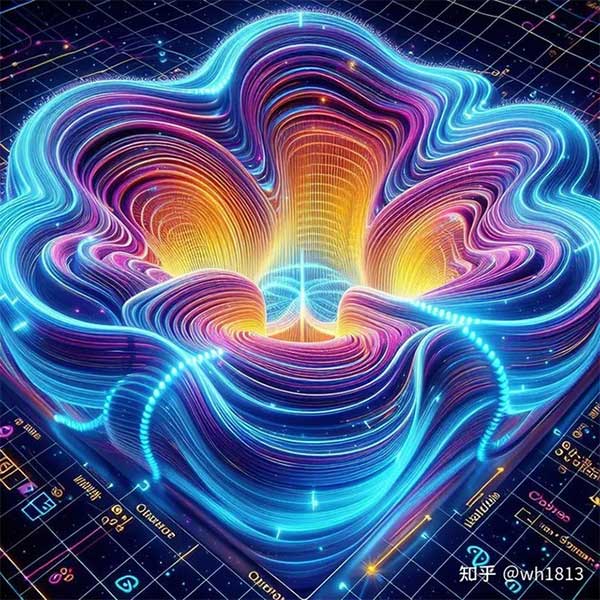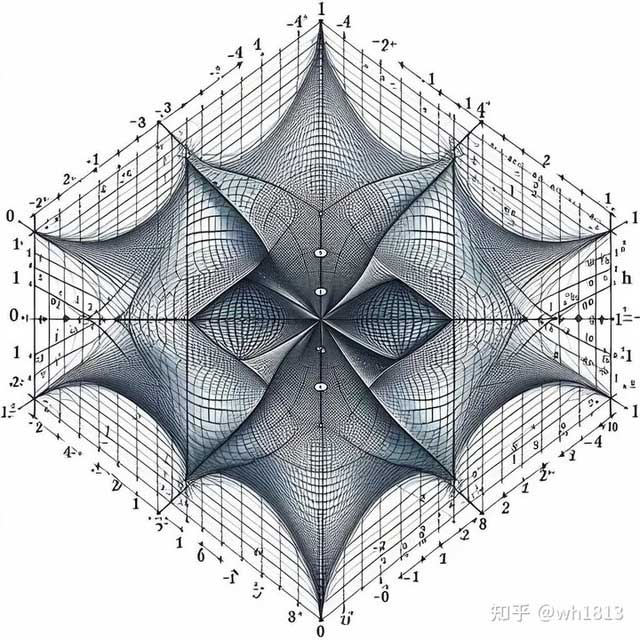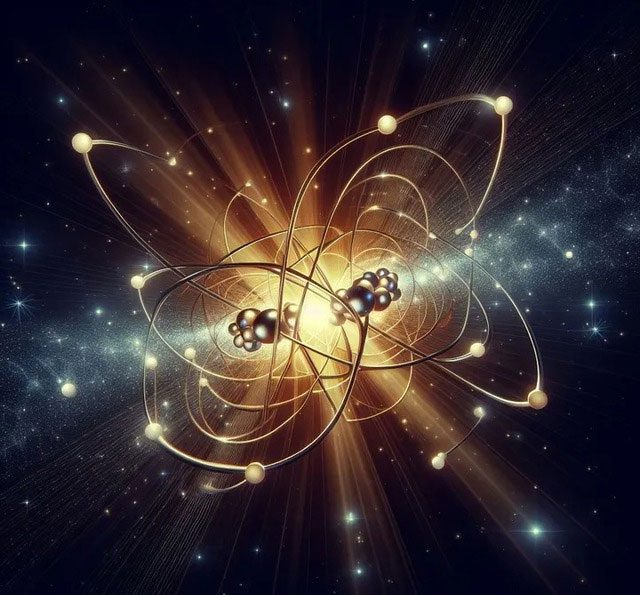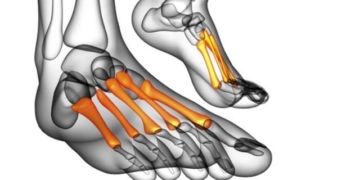Have you ever wondered if mathematics can perfectly describe the universe we live in? Are certain mathematical concepts essential for understanding reality, and without them, would we fail to grasp the mysteries of the universe?
In mathematics, there exists a special type of number known as imaginary numbers. Imaginary numbers are the square roots of negative numbers. The name “imaginary” arises from their abstract and non-intuitive nature, as it is challenging to find a physical or geometric quantity that corresponds to the square root of a negative number. Therefore, imaginary numbers are often seen as products of human imagination rather than intrinsic properties of nature.
However, imaginary numbers are not entirely disconnected from reality. In fact, imaginary numbers play a crucial role in many fields of mathematics and physics, such as complex numbers, complex analysis, signal processing, quantum mechanics, and more.
Imaginary numbers allow us to express complex equations and formulas in simpler terms, as well as to describe phenomena and laws that lie beyond our ordinary experiences.

In fact, imaginary numbers play a crucial role in many fields. (Illustrative image).
Quantum mechanics is a branch of physics that describes the microscopic world, such as atoms, molecules, electrons, photons, and more. The development of quantum mechanics has revealed several phenomena and laws that contradict our everyday experiences and intuitions, such as the uncertainty principle, wave-particle duality, and quantum entanglement. Predictions made by quantum mechanics have also been verified and applied in numerous experiments, including lasers, semiconductors, nuclear energy, quantum computing, and more.
The fundamental equation of quantum mechanics is the Schrödinger equation, which describes the evolution of a quantum system’s state over time. The wave function in the equation is a complex function that contains all possible information about the quantum system, such as position, momentum, energy, and so on. The Hamiltonian operator describes the energy of the quantum system and can be a complex matrix.
As seen from the Schrödinger equation, imaginary numbers play a significant role in quantum mechanics. Without imaginary numbers, the wave function could only be a real function, losing many important characteristics and results, such as quantum interference, quantum entanglement, and the no-cloning theorem. Thus, imaginary numbers enable quantum mechanics to fully describe the marvelous phenomena and laws of the microscopic world.

Imaginary numbers play a crucial role in quantum mechanics. (Illustrative image).
Despite the important role of imaginary numbers in quantum mechanics, there has long been debate about whether they are truly necessary for describing reality or merely a mathematical simplification. In fact, even physicist Erwin Schrödinger, one of the founders of quantum mechanics, was not entirely sure about the significance of using complex numbers in his equations. He wrote in a letter to his friend Hendrik Lorentz:
“The unpleasant thing here, contrary to reality, is the use of complex numbers. Ψ must essentially be a real function.”
Schrödinger found ways to express the equations solely with real numbers and provided additional rules on how to use those equations, a practice later adopted by physicists in other parts of quantum theory. However, due to a lack of compelling experimental evidence to validate the predictions of these “completely real” equations, a question arose: Are imaginary numbers a simplification that can be ignored, or would a quantum theory without imaginary numbers lose its ability to describe reality?

If quantum mechanics is correct, then imaginary numbers are a necessary part of our mathematics. (Illustrative image).
Recently, two studies published in the journals Nature and Physical Review Letters have demonstrated that Schrödinger was wrong. Through a relatively simple experiment, they showed that if quantum mechanics is correct, then imaginary numbers are a necessary part of the mathematics of our universe.
The core idea of these two studies is to use a classic quantum experiment, the Bell test, to distinguish the quantum theory based on complex numbers from the quantum theory based on real numbers. The Bell test was first proposed by physicist John Bell in 1964 to demonstrate quantum entanglement.
The basic idea of the Bell test is that if two particles are entangled, their states will depend on each other and they can influence each other instantaneously even when separated by distance. This phenomenon violates Einstein’s locality principle, which states that physical effects cannot propagate faster than the speed of light.

According to Einstein’s principle, physical effects cannot propagate faster than the speed of light. (Illustrative image).
The purpose of the Bell test is to check whether the predictions of quantum mechanics and hidden variable theories are consistent by measuring certain physical quantities of the two entangled particles, such as spin, polarization, and so on. If the experimental results align with the predictions of quantum mechanics, it implies that quantum entanglement is real and hidden variable theories are incorrect. Conversely, if the experimental results align with hidden variable theories, it suggests that quantum mechanics is incomplete and the hidden variable theories are correct.
Since the Bell test was proposed, numerous experiments have confirmed the existence of quantum entanglement, thereby supporting the validity of quantum mechanics. However, these experiments have some potential loopholes, such as detector efficiency, signal transmission delays, random number generators, and so on, which may affect the reliability and fairness of the experiments. Therefore, physicists have been striving to design more rigorous and perfect Bell tests to eliminate these loopholes and provide more solid evidence.
In the two recent studies, physicists used a novel idea to design the Bell tests. Instead of using the Bell test to distinguish quantum mechanics from hidden variable theories, they employed the Bell test to differentiate between quantum theories based on complex numbers and those based on real numbers. They found that these two theories make different predictions in certain situations that can be achieved through a relatively simple experiment.

Numerous experiments have confirmed the existence of quantum entanglement. (Illustrative image).
In this experiment, the physicists placed two independent sources (which they called S and R) between three detectors (A, B, and C) in a basic quantum network. The light source S emitted two photons – one towards A and one towards B – in an entangled state. Simultaneously, the light source R emitted a photon directed towards C. If the universe is described by standard quantum mechanics based on complex numbers, then the photons arriving at detectors A and C do not need to be entangled; however, in the real-number-based quantum theory, they must be entangled.
To verify this setup, researchers from the second study conducted an experiment where they directed a laser beam onto a crystal. The laser energizes certain atoms in the crystal, which then release this energy as entangled photons. By observing the states of the photons arriving at the three detectors, the researchers found that the states of the photons arriving at detectors A and C were not entangled, indicating that their data can only be described using quantum theory with complex numbers.

Their data can only be described using quantum theory with complex numbers. (Illustrative image).
This result is intuitively significant; photons need physical interaction to become entangled, thus the photons arriving at detectors A and C will not be entangled if they are generated by different physical sources. However, the researchers emphasize that their experiment only rules out theories that eliminate imaginary numbers if the conventions of quantum mechanics are correct. Most scientists are quite confident of this, but it remains an important note.
The results of these two studies highlight the significant position and role of imaginary numbers in our universe. Imaginary numbers not only simplify mathematical concepts but are also essential for accurately describing reality. They allow us to utilize quantum mechanics to explain and predict the wondrous phenomena and laws of the microscopic world. Without imaginary numbers, we would be unable to comprehend the nature and significance of quantum mechanics.


















































